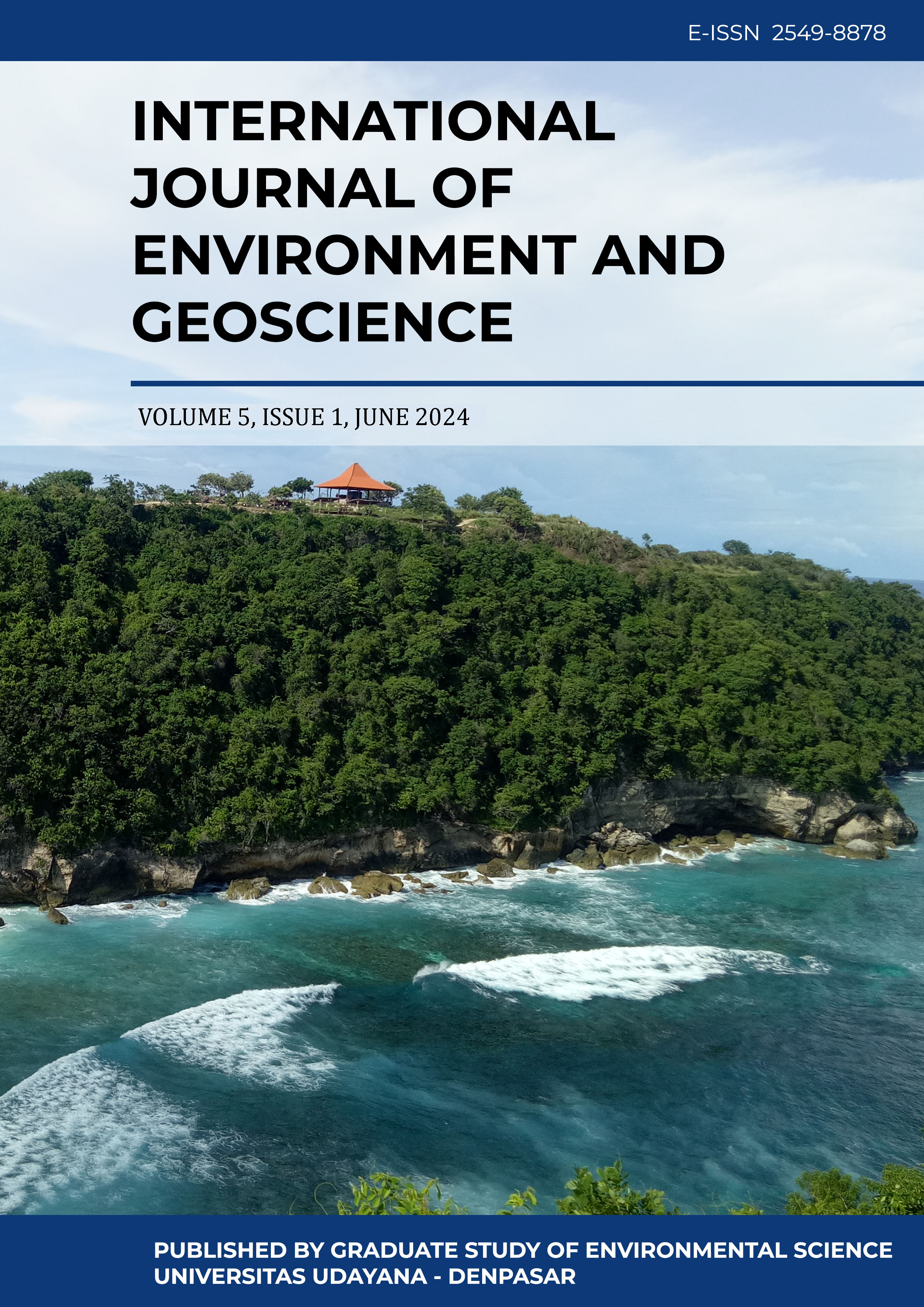Utilizing Multi-Temporal ALOS/PALSAR Backscatter Data to Detect Deforestation in the Indonesian Tropical Forest
Abstract
Deforestation detection mapping has been analyzed using Synthetic Aperture Radar (SAR) data from the ALOS PALSAR satellite. SAR is a promising tool for deforestation mapping in tropical forest regions because microwave energy can penetrate clouds. This study examined the effect of SAR polarization on the accuracy of deforestation mapping and the seasonal variation of radar backscattering values in Riau Province, Indonesia. Image differencing was used to determine the threshold value for distinguishing between forest and non-forest areas. The difference between HV (horizontal transmit-vertical receive) and HH (horizontal transmit-horizontal receive) polarization was used as the discriminant variable. The correlation between radar backscattering value and accumulated rainfall was also analyzed to assess the effect of seasonal change. The findings demonstrated that the accuracy of deforestation detection mapping using HV polarization outperforms that achieved with HH polarization. Moreover, seasonal variations in rainfall were observed to influence radar backscatter signatures in bare soil, acacia, and oil palm, though no such influence was detected in forested areas. The accuracy of deforestation detection mapping, employing the thresholding method, reached a rate of 92.21%. During the period from November 2007 to July 2009, forested areas in Riau experienced a reduction, decreasing to 6.77%, and further decreasing to 6.08% by October 2010.
Downloads
Authors who publish with this journal agree to the following terms:
- All articles published by International Journal of Environment and Geosciences (IJEG) and Graduate Study of Environmental Sciences, Udayana University are made available under an open access license worldwide immediately. This means everyone has free and unlimited access to the full-text of all articles published in International Journal of Environment and Geosciences (IJEG), and everyone is free to re-use the published material given proper accreditation/citation of the original publication. Open access publication is supported by authors' institutes or research funding agency by payment of a comparatively article processing charge for accepted articles (See Author Fees). International Journal of Environment and Geosciences (IJEG) and Graduate Study of Environmental Sciences, Udayana University publish articles under the Creative Commons Attribution License.
- Authors are able to enter into separate, additional contractual arrangements for the non-exclusive distribution of the journal's published version of the work (e.g., post it to an institutional repository or publish it in a book), with an acknowledgement of its initial publication in this journal.
- Authors are permitted and encouraged to post their work online (e.g., in institutional repositories or on their website) prior to and during the submission process, as it can lead to productive exchanges, as well as earlier and greater citation of published work (See The Effect of Open Access).





